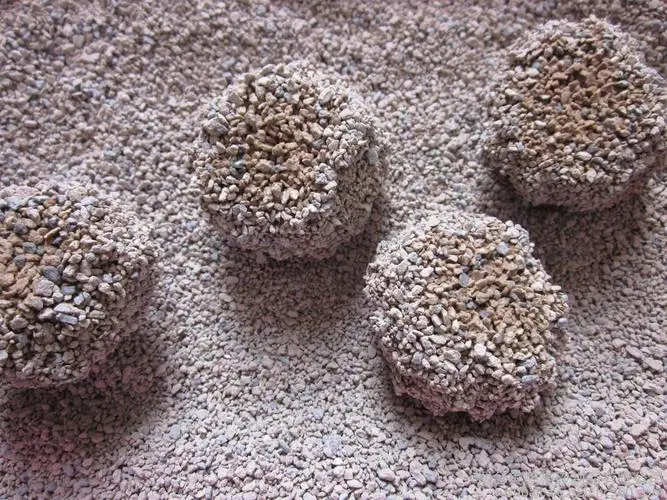
Exploring the Benefits of Incorporating Fly Ash into Concrete Production for Enhanced Quality and Sustainability
The Benefits of Adding Fly Ash to Concrete A Focus on OEM Factories
In the construction industry, the search for sustainable materials and practices has become increasingly important. One such innovative material is fly ash, a byproduct of burning pulverized coal in electric power generating plants. As Original Equipment Manufacturers (OEM) strive to enhance the quality and sustainability of concrete production, the addition of fly ash presents significant advantages.
Fly Ash An Overview
Fly ash is composed of fine particles that are carried off with flue gases when coal is burned. This material possesses pozzolanic properties, meaning it can react chemically with calcium hydroxide at room temperature to form compounds that have cementitious properties. This reaction allows fly ash to be effectively utilized as a partial replacement for Portland cement in concrete. Importantly, the inclusion of fly ash not only improves the concrete's properties but also recycles a waste product, thus promoting environmental sustainability.
Enhanced Performance Characteristics
When fly ash is added to concrete, it can enhance several important performance characteristics. One of the primary benefits is improved workability. Fly ash particles are spherical in shape, which helps to reduce the friction between particles in the concrete mix. This results in a more workable and cohesive mixture, allowing for easier placement and shaping of concrete.
Additionally, concrete containing fly ash exhibits increased durability. The pozzolanic reaction reduces permeability and enhances resistance to sulfate attack and chloride ingress, which are critical factors in preserving the longevity of structures. This quality is particularly advantageous in environments subjected to harsh weather conditions or chemical exposure.
oem adding fly ash to concrete factory

Cost Considerations
From a financial perspective, incorporating fly ash can also be beneficial. Using fly ash as a partial replacement for Portland cement can lower overall material costs, as fly ash is often less expensive than cement and helps to reduce the total amount of cement required in a mix. Furthermore, the utilization of fly ash can lead to significant savings in terms of long-term maintenance and repair costs, thanks to the improved durability and lifespan of the concrete.
Environmental Benefits
The use of fly ash in concrete production aligns with the growing emphasis on sustainability in the construction industry. By substituting fly ash for a portion of cement, manufacturers can decrease the carbon footprint associated with cement production. Cement manufacturing is a significant contributor to CO2 emissions; thus, using fly ash not only recycles industrial waste but also mitigates greenhouse gas emissions.
In addition, the incorporation of fly ash helps to divert waste from landfills, addressing issues related to waste management. By promoting the use of fly ash, OEMs play a crucial role in fostering a more circular economy, where products are reused and repurposed rather than discarded.
Conclusion
In conclusion, the addition of fly ash to concrete presents numerous benefits that OEM factories should consider. From enhancing the performance characteristics of concrete to providing economic and environmental advantages, the incorporation of fly ash represents a forward-thinking approach to construction. As the industry continues to evolve towards sustainability, adopting innovative materials like fly ash will be essential to meet both current and future challenges. By leveraging the benefits of fly ash, OEMs can lead the way in developing high-quality, durable, and sustainable concrete solutions.
Share
-
Premium Pigment Supplier Custom Solutions & Bulk OrdersNewsMay.30,2025
-
Top China Slag Fly Ash Manufacturer OEM Factory SolutionsNewsMay.30,2025
-
Natural Lava Rock & Pumice for Landscaping Durable Volcanic SolutionsNewsMay.30,2025
-
Custom Micro Silica Fume Powder Manufacturers High-Purity SolutionsNewsMay.29,2025
-
Custom Mica Powder Pigment Manufacturers Vibrant Colors & Bulk OrdersNewsMay.29,2025
-
Custom Micro Silica Fume Powder Manufacturers Premium QualityNewsMay.29,2025






